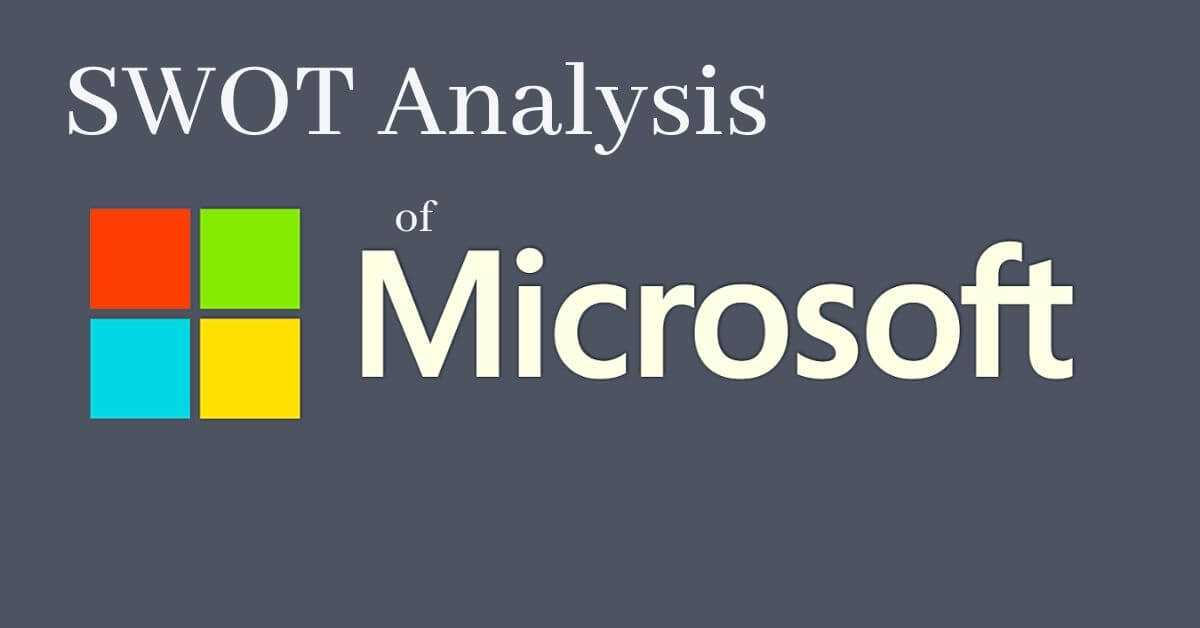Etihad Airways is a flag carrier United Arab Emirates aviation company. The airline started its aviation business operations in 2003. Today, we’ll discuss the SWOT analysis of Etihad Airways; it outlines strengths and weaknesses; opportunities, and threats that the company has to face; as a business strategy analysis example company.
Products and services portfolio of Etihad Airways
- Air travel
- In-flight entertainment
- Cabin service
- Food and drink
- Loyalty programs
Parent Company of Etihad Airways
- Etihad Aviation Group
Statistical facts and figures of Etihad Airways
- Fleet size: 93aircrafts
- Destinations: 77 locations
- Employees: 8112
Competitors of Etihad Airways
- Delta Air Lines
- Malaysia Airlines
- Qatar Airways
- British Airways
- Lufthansa
- Spirit Airlines
- United Airlines
- Emirates
- Singapore Airlines
The SWOT analysis of Etihad Airways would analyze the internal strengths and weaknesses of the company; and external opportunities and threats that the brand has to face. Here’s Etihad Airways SWOT analysis as a business strategy analysis example company as follows;
Strengths of Etihad Airways
Some of the main internal strengths in the Etihad Airways SWOT analysis example company as business strategy analysis are as follows;
Large Network
Etihad Airways has established a very large market network. According to an estimate, the aviation brand is operating its business in approximately 55 countries across the globe. The large market network helps the airline brand to amplify its market reach and network.
Fleet Size
Etihad Airways has a very large fleet size comprising approximately 93 aircraft and they provide 77 destinations across the globe. According to an estimate, the airline brand manages and operates approximately 1000 flights per week. The large fleet size and destination network help the airline company to target various segments of the customer market.
Central Hub
Etihad Airways serves as a bridge between Asia and Europe by providing air travel services to passengers in both regions. The central hub and bridge air travel service helps the company to target customers in both markets.
Flagship Airline
Etihad Airways has successfully established the status of flagship and premium airline. It helps the company to target the elite, business, and wealthy customers, instead of the mass public.
Marketing
Etihad Airways runs various types of marketing and advertisement campaigns for the promotion of its services and brand. The airline employs various media channels to approach various segments of the customer’s market and increase its sales.
Customer Experience
Etihad Airways puts a great emphasis on providing a great and unique in-flight experience to passengers and travelers. For instance, the airline offers them excellent cabin service, in-flight entertainment, quality meals, and various other services.
Weaknesses of Etihad Airways
Some of the main internal weaknesses in the Etihad Airways SWOT analysis example company as business strategy analysis are as follows;
High Operational Cost
Etihad Airways offers air travel services to Asian and European destinations at the same time. As a result, it amplifies the operational cost of the brand; high operational expenses are negatively impacting the revenue and profitability of the brand.
Limited Market Share
Etihad Airways has a limited market share as compared to the other competitive airlines. It shows that the company is heavily relying on the few markets, customers, and destinations as its main sources of revenue and sales. High reliance on the few and limited areas is not a good business and marketing strategy.
Opportunities for Etihad Airways
Some of the main available opportunities in the Etihad Airways SWOT analysis example company as business strategy analysis are as follows;
Market Expansion
Etihad Airways should expand its air travel business into new regions, countries, and markets across the world. The global market holds great growth potential for the customers and it helps the company to amplify its market share, network, and sales.
Portfolio Expansion
Along with market expansion, Etihad Airways should expand its product and service portfolio by introducing new destination routes in the new markets. The portfolio expansion helps the company to target new segments of the customer market and increases its sales, network, and profitability.
Strategic Alliance
Etihad Airways should develop strategic alliances with other airlines and aviation companies. The joint venture and partnership would help the airline to develop new services and enter new markets to increase its market influence and network.
Threats to Etihad Airways
Some of the main potential threats in the Etihad Airways SWOT analysis example company as business strategy analysis are as follows;
Competition
Etihad Airways is facing tough competition from other competitive brands like Lufthansa, Emirates, Qatar Airways, and British Airways. They all have established a strong market share and a very loyal database of customers; their market presence is negatively impacting the sales and profitability of the airline.
Regulations
The government regulations are very strict for the airline companies. Etihad Airways should comply with the air travel regulations of various countries and regularly perform repair and maintenance of its aircraft. It allows the company to avoid potential lawsuits, high fines, and penalties.
Conclusion: Etihad Airways SWOT Analysis Example Company |SWOT Analysis of Etihad Airways |Business Strategy Analysis
After an in-depth study of the swot analysis of Etihad Airways; we have realized that Etihad Airways is the world’s leading UAE airline. If you are learning about Etihad Airways SWOT analysis example company; then you should keep in mind the abovementioned internal strengths and weaknesses; external opportunities and threats as brand strategy analysis.
References

Ahsan Ali Shaw is an accomplished Business Writer, Analyst, and Public Speaker. Other than that, he’s a fun loving person.


